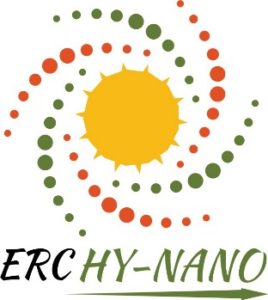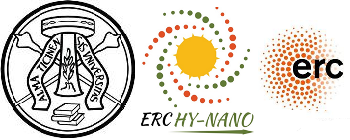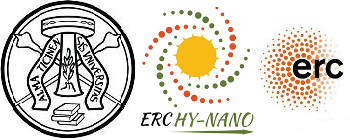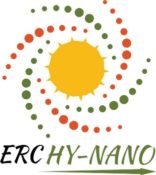
The transition to a low-carbon society and green economy by 2050 is one of the biggest challenges in the world to mitigate the dramatic risks associated to climate change.
Solar power is gaining more and more attention as a possible solution for covering up to 20% of the Global Energy Demand by 2050.
Photovoltaic (PV) devices can provide the world with vast amounts of clean electricity that would vastly exceed our needs and reduce or eliminate carbon dioxide emissions.
To do so, we need an affordable, reliable and efficient solar cells. In the last decade,) Hybrid Perovskite (HP) solar cells (HPSC), using methyl ammonium lead iodide (CH3NH3PbI3) as pioneer material, have been revolutionizing the PV scene.
With impressive power conversion efficiency (PCE) >25% they are climbing over the existing solar technologies and are widely recognized as one of the most exciting fields of research of our time.
However, despite the full potential of this technology and the big excitement that came along, a big barrier hampers their commercialization: the poor device stability under operative conditions (HPSCs degrade in ambient air).

The ERC starting Grant “Hy-NANO”aims to meet this challenge.
More in details, the project aims at solving the stability and toxicity issues developing multi-dimensional hybrid interfaces as lego-bricks for a new efficient, stable, environmentally-friendly solar technology.
A synergistic effect resulting from different dimensionalities combined together will lead to interfaces with new physical properties and new functionalities that can be manipulated “ad hoc”.
The derived multidisciplinary approach combines the design of new advanced materials (including non-toxic), cutting-edge photophysical investigations, and innovative device concepts (i.e. functionalized molecules as lead trapping layers) that will enable a big jump in materials science, fundamental physico-chemical understanding and technological innovation.


